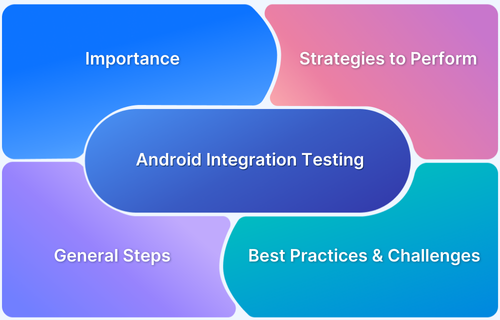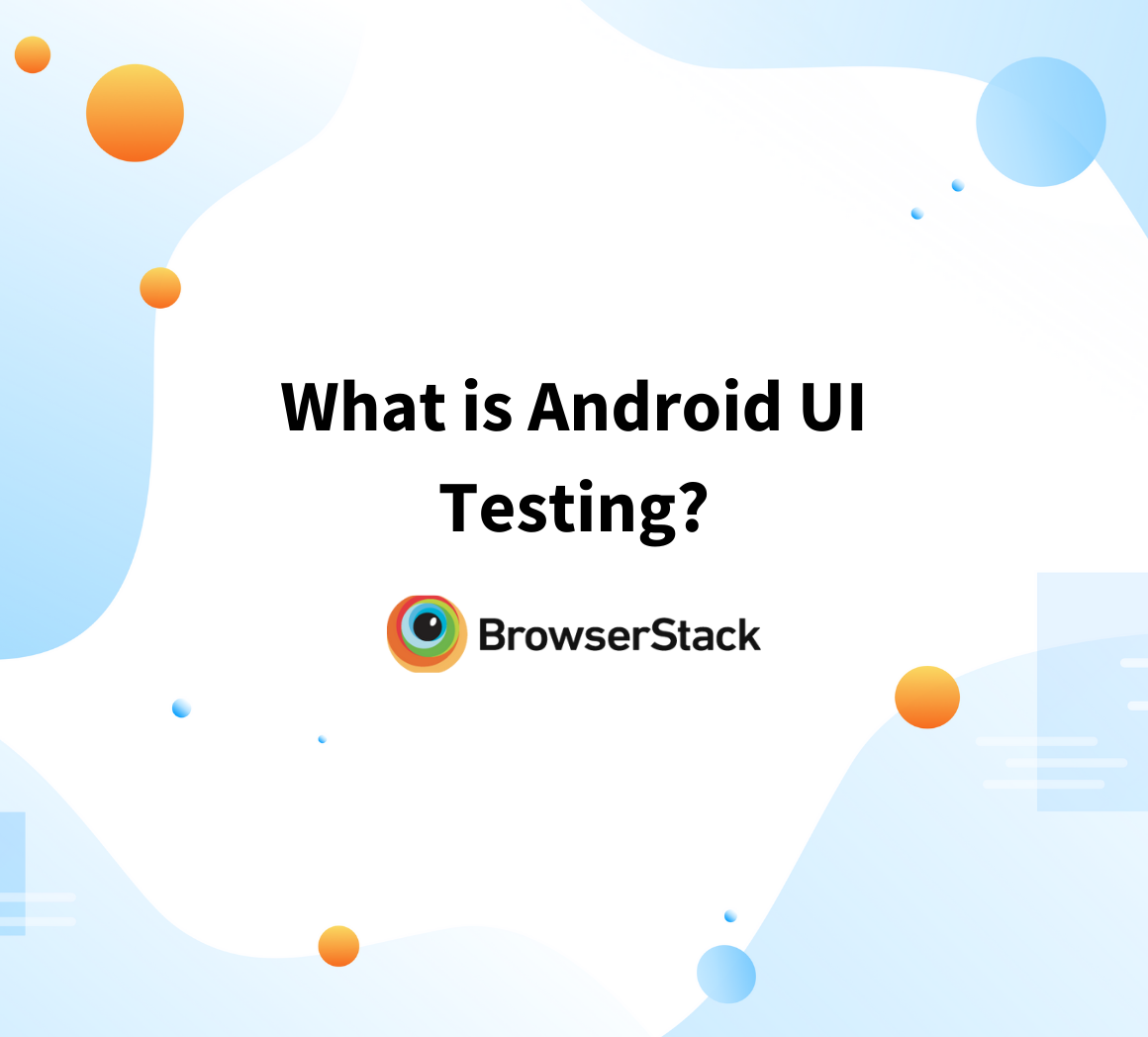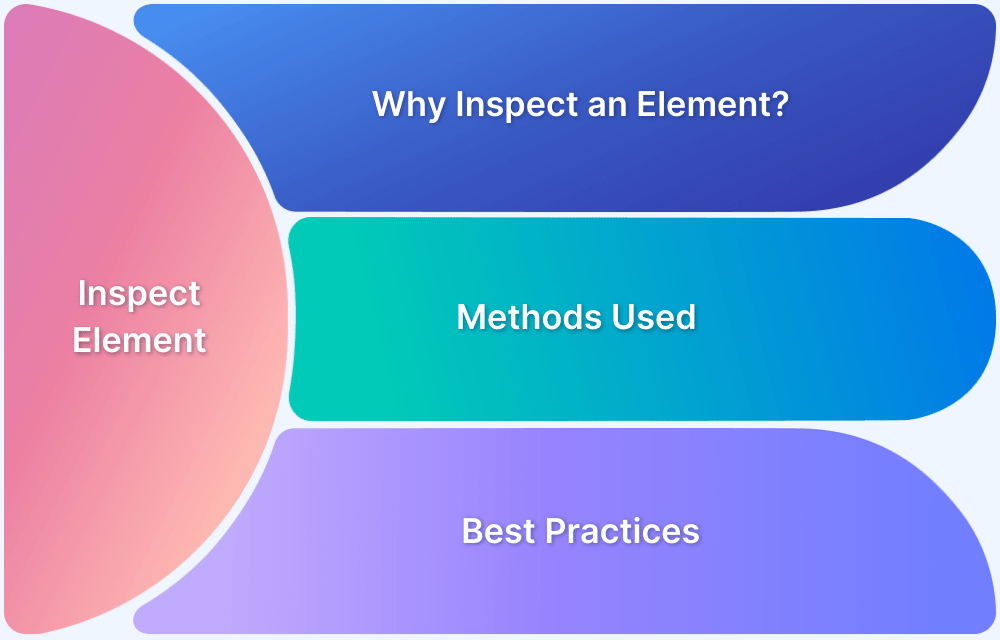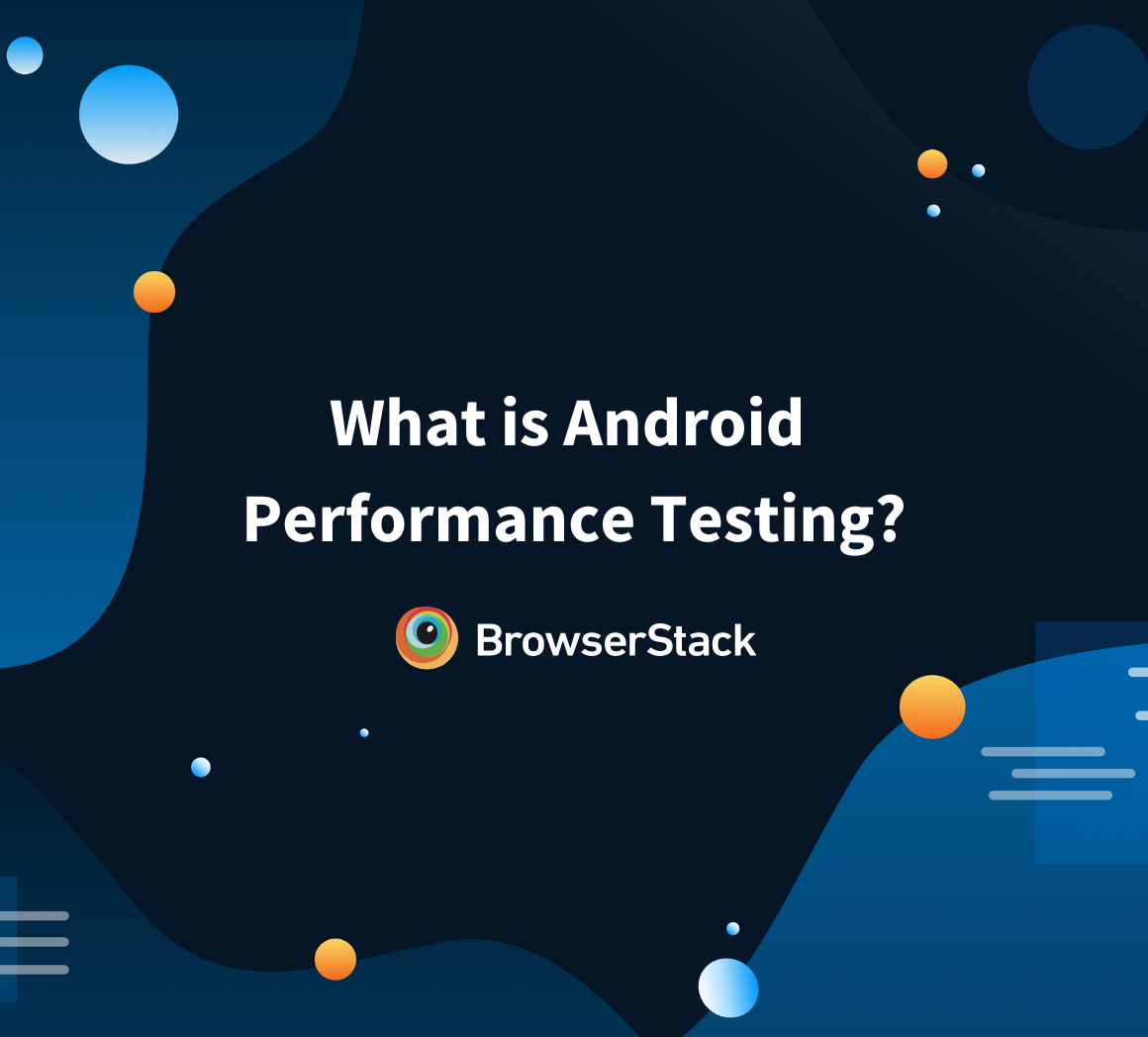The majority of applications built today have intricate needs. Therefore, they must be fully tested for each use case before deployment on the production server. Android Integration testing focuses on merging units of code or software modules to address such issues. They eliminate any bugs that may have been introduced by combining linked software components.
When considering applications with complicated functionality, there can be a large number of software modules created by many programmers that interact and depend on one another. Even a minor flaw in the interaction between two modules might result in a cascade of faults in connected or dependent modules. So, we must undertake Android integration testing on all of our application’s important parts.
Must Read: What is Integration Testing
What is Android Integration Testing
Android integration testing is a technique used to check the functionality of an Android application’s many components. You must configure an emulator or actual device and conduct testing to ensure the program functions as planned. Integration testing aims to identify bugs/issues early in the development process and provide greater assurance that the application is operating as intended.
Let’s see an example of integrated testing now. Suppose there is a third-party Android application for booking tickets. On the homepage, there are buttons for signup and login. In addition, you have a premium plan that consumers can subscribe to in order to receive profitable deals. Currently, the signup/login page and the plan/subscription pages are two distinct modules that are interconnected. You can go from the login page to the subscription page after the proper flow of data, including login credentials, etc. In this situation, the team must guarantee that the integration between signup/login and the plan/subscription functions as planned.
Why is Android Integration Testing Important?
Integration testing must immediately follow Unit testing for each software module. It is natural to wonder, since each module has already been tested, why introduce a new testing layer?
Here are the justifications.
- Various programmers develop modules with distinct logic and comprehension. So, it is vital to ensure that the complete software entity, which consists of multiple modules, functions as a unit.
- Changing needs are a regular occurrence throughout product development. These additional needs may not undergo unit testing, so integration testing becomes necessary.
- The likelihood of encountering problems in the software modules and database interface is substantial.
- Errors are more likely to occur in modules that deal with external APIs and tools. A modification to the API of a third-party could cause your entire program to fail. Thus, integration testing is extremely valuable for detecting such problem areas.
Read More: How to test .aab file on Android device
So, it is usually preferable to err on the side of caution, especially when dealing with complex Android applications. Because locating the appropriate error-prone module in such applications is a monumental undertaking.
Pro Tip : The only way to guarantee optimum app performance during integration testing is to test them on real Android devices. Given that hundreds of them are in use around the world, this presents a dilemma. Unless a company has enough finances to spare, it will be unable to build, operate, and improve an Android device lab on-site. In contrast, developers and testers can conduct tests on a real device cloud. In essence, it enables businesses to evaluate app performance and efficacy on actual Android devices without the need to gather or manage devices. BrowserStack provides the infrastructure in the cloud that enables android testing activities. Also, they can test websites on real browsers installed on Android smartphones. Testers can undertake Android testing by registering for free and selecting the desired device-Android version combination.
Test Android Apps on BrowserStack
Strategies For Performing Android Integration Testing
Android integration testing can be conducted using a variety of approaches. Included below are:
1. Big Bang Method:
In this method, all components are integrated and then tested. You cannot employ this method unless all modules are prepared. It is useful for minor applications. When evaluating a large number of integrated modules, however, fault localisation becomes much more challenging.
For instance, in our previous application, we may first integrate and then test all the high-level modules, such as login, signup, subscription, train-info, user-profile, etc.
2. Incremental Testing:
In this method, higher-level or lower-level modules (two or more) that are conceptually related are first checked for interaction. The number of dependent modules is then increased one by one. It is broken further into two groups:
- Bottom-up Testing: Lower-level modules are evaluated first, followed by higher-level modules gradually. Finding errors becomes less difficult.With our railway reservation application, for instance, we can develop low-level modules such as showing train information, the amount of seats in each train, train-route information, etc., and then combine them into a bigger unit of related modules. Then, we can do testing on it. This will make it easy to identify errors.
- Top-down Testing: Testing begins with modules at a higher level and gradually moves to modules at a lower level. If any higher-level modules are not yet complete, we substitute them with stubs.Our application may first integrate and test high-level modules such as user profile, login, registration, train-info, etc. If we discover any bugs, we can delve deeply into lower-level modules until all bugs are resolved.
- Sandwich Testing: It mixes bottom-up and top-down methodologies. For instance, we can begin integration testing of higher-level modules such as login and signup in addition to lower-level modules such as user profile, purchase history, etc. These are groups of related modules, and it is simpler and faster to test their integrations.Depending on the type of Android application and the stage of the development process, testers must choose the appropriate Android integration testing approach to meet their testing needs.
Also Read: How to find bugs in Android apps
General Steps to Perform Android Integration Testing
Here’s a list of actions you can use to do Android integration testing without a hitch.
- Determine the unit interfaces: At this phase, the testers must determine which unit interfaces and modules connected with those interfaces will be tested. The unit interface in the example discussed before is “Login and Subscription Verification.” And the corresponding software modules are the Signup, Login, and Subscription modules.
- Document the UI Identifiers and investigate the Interfaces: After identifying the software modules and interfaces to test, the team can document the identifiers that will assist you in performing the testing. In the example, identifiers include the Login/SignUp button, Textboxes for entering email, password, etc.
- Establish Test Cases: Once the list of UI IDs has been prepared, testers can develop test cases that will allow the team to verify the information flow and the interface’s right integration. In the example, some test cases involve clicking the login/signup button, entering the email address and password in their respective text boxes, confirming the information entered, selecting the subscription plan, among others.
- Design Test Procedures: The subsequent stage is to develop a test plan. The team must now choose the test suites and test devices. The team must also determine on which Android smartphones you will conduct the tests.
- Carry out the Tests: After generating Test Plans, tests can be executed. QA personnel can conduct the tests simultaneously on a single device or in parallel on many devices.
- Evaluate the Reports and Reiterate the Findings: Please examine the test results carefully, identify the modules with defects, correct them, and repeat the test executions until all bugs are resolved. Finally, document and share the test results with the relevant authorities.
Android Integration Testing Best Practices
- In conjunction with the functional requirements, integration testing should be planned and designed early in the development phase to ensure that the components are systematically and thoroughly integrated and tested.
- The outcomes of the integration tests should be monitored and recorded so that any issues can be detected and handled on time.
- Integration testing needs coordination between several teams, including development, testing, and operations, among others.
- All conceivable combinations and situations should be tested during integration testing to ensure that the components function correctly under varying conditions.
Challenges in Android Integration Testing
In implementing integration testing, a tester may face a number of obstacles. These are a few notable examples.
- Integration testing entails testing the complicated and difficult to comprehend interactions between several components. Hence, identifying and resolving any issues that develop during integration testing might be difficult.
- As new system components and upgrades are added, it can be challenging to maintain a consistent and up-to-date testing environment throughout several test runs.
- Integration testing can be time-consuming and resource-intensive due to the necessity of coordinating the activities of numerous teams and ensuring that the testing environment is properly configured.
- Integration bugs can be tough to debug since the main cause of a problem can be difficult to detect. This can make it challenging to fix problems and guarantee that the system is functioning properly.
- Integration testing necessitates a substantial volume of test data, which can be challenging to manage and keep up-to-date. Integrity and precision of the test data are crucial to the effectiveness of integration testing.
- Integration testing is an essential phase in the SDLC despite these hurdles, since it helps to ensure that the components of a software system work together successfully to provide the necessary functionality.
By overcoming these obstacles through careful planning, coordination, and testing, QA teams can ensure that the integration testing procedure is successful and efficient, and that the system achieves its requirements.
Read More: What is Android Performance Testing?
To Sum Up
To maximise the effectiveness of integration testing, these tests must be executed on numerous real devices, platforms, and operating system combinations.
You cannot correctly and exhaustively uncover all possible defects without running tests under real-world user conditions, which is where BrowserStack App Live comes in for manual android app testing and BrowserStack App Automate for automated android app testing.
With the real device cloud from BrowserStack, you have access to thousands of real mobile devices for manual and automated app testing. Each gadget is supplied with a genuine operating system to help you attain the most accurate results possible.
With BrowserStack, QAs may access several popular mobile device-operating system combinations for testing apps and script automation situations without having to update or purchase devices or install software.




